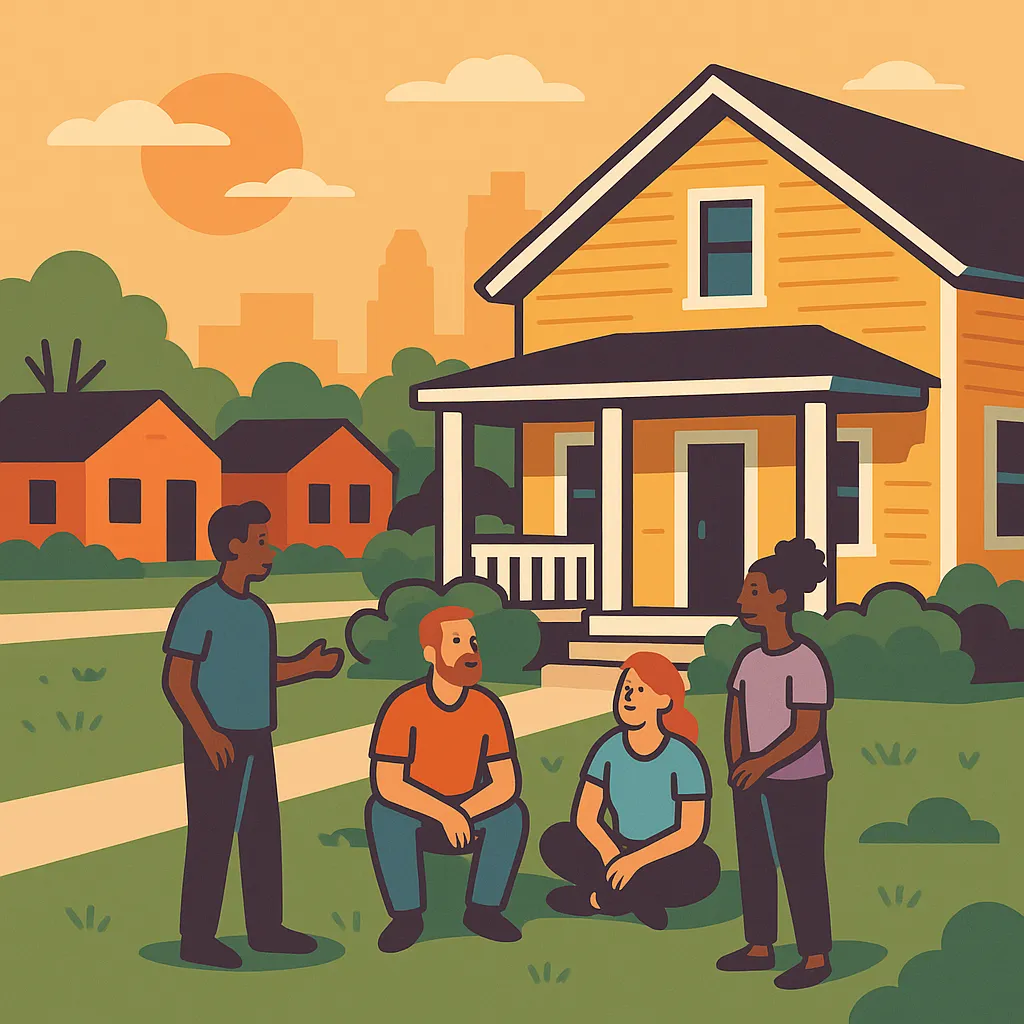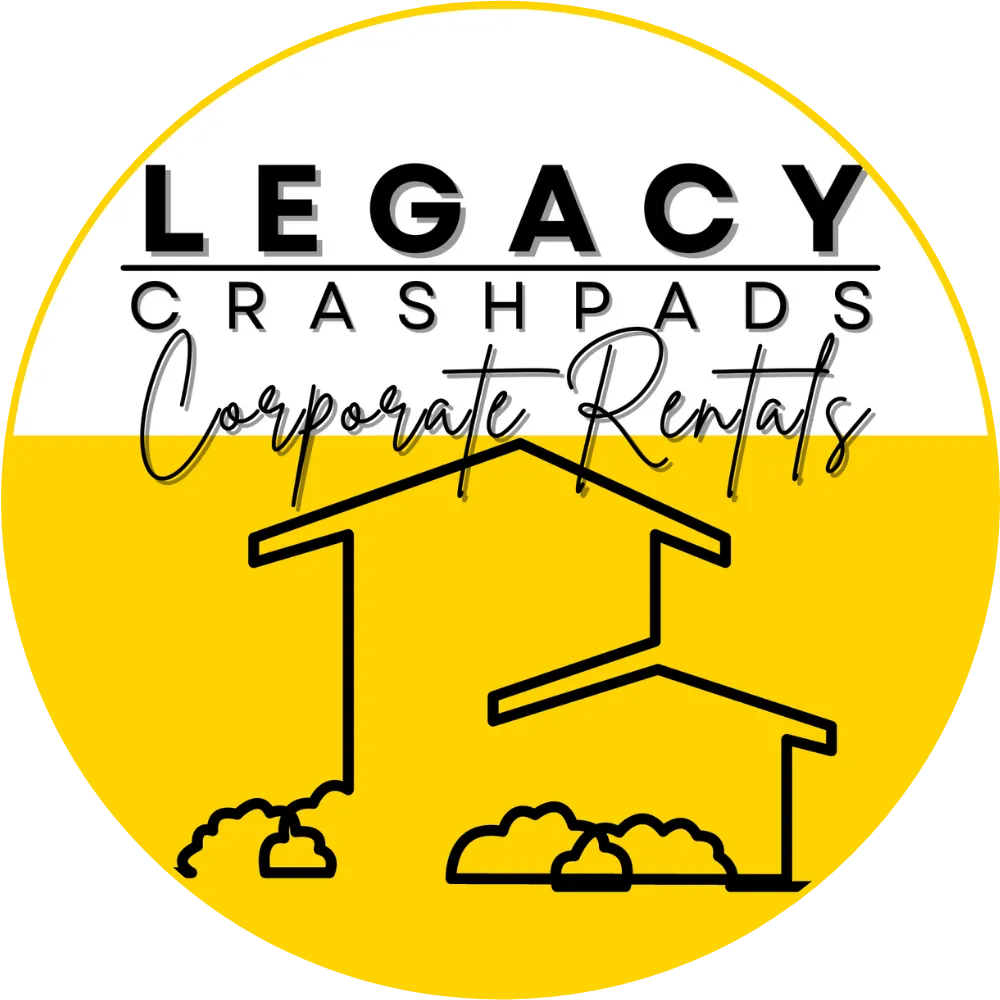
Sober Living in San Antonio: A Practical Guide to Stable, Compliant Housing
Sober living is not treatment. It is a structured, substance-free home where people in recovery can stabilize, work, and rebuild routines. Done right, it is one of the most effective forms of mid term housing in the city. Here is a plain-English guide to how it works, what good looks like, and how families or operators can navigate it without drifting into short-term territory.

What sober living is and is not
It is a residence with peer accountability, routine, and house rules.
It is not detox, therapy, or a medical facility.
Length of stay is measured in months. Most homes run 3 to 12 month timelines.
Residents pay program fees or rent, follow a recovery plan, and share chores.
Who sober living serves
People exiting inpatient or intensive outpatient who need structure to avoid relapse.
Parents reuniting with children who require stable housing to meet court or CPS plans.
Workers who want a quiet, drug-free place while they save for a traditional lease.
Veterans and justice-involved individuals who benefit from peer accountability.
Minimum standards that build trust
Use these as your baseline, even if you are just evaluating a home for a loved one.
Written house rules. Curfew, substance policy, visitors, quiet hours, chores, meeting attendance.
Resident agreements. Clear terms for fees, refunds, incident response, and discharge.
Recovery supports. Daily routines, meeting lists, transportation help, peer mentoring.
Drug and alcohol testing. Consistent, documented, and fair.
Safety. Smoke detectors, egress windows, posted emergency contacts, first aid kits.
Reasonable occupancy. Enough beds and bathrooms to avoid crowding. Everyone gets secure storage.
Fair housing and accessibility. Screening that evaluates behavior and fit, not blanket bans.
How homes stay compliant in San Antonio
Zoning fit. Most single-family zones allow unrelated adults if the home follows local definitions. Check city occupancy rules before leasing a property.
No medical services on site unless the property is zoned and licensed for it.
Use written leases or participation agreements that align with recovery housing, not nightly lodging.
Keep records. Agreements, incident logs, testing logs, maintenance logs, and receipts.
A healthy daily rhythm
Morning check-in and chore assignments.
Work, classes, or job search during the day.
Curfew and quiet hours respected by all.
Weekly house meeting with a simple agenda. Wins, issues, maintenance, schedules.
Two or more recovery meetings per week. Residents track attendance.
How residents pay without breaking the budget
Program fees structured monthly. Include utilities and basic supplies.
Sliding scale or scholarships funded by donations or partner agencies.
Hold a small deposit to cover damages, and return any remainder at exit.
Never bill like a hotel. This is housing, not hospitality.
Screening for fit
Prioritize willingness to engage in recovery, not perfect history.
Verify recent treatment or recovery plan when applicable.
Clarify employment status and transportation. Offer bus routes and transfer tips.
Be transparent about rules before move-in. Surprises destroy trust.
Working with neighbors
Introduce the house leader and share a phone number.
Post parking rules and enforce them.
Keep the yard clean. Put out trash on time.
Offer a quarterly open yard cleanup or block walk. Friendly and low key.
For families helping a loved one
Tour with your person. Ask to see the kitchen, bathrooms, and posted rules.
Meet at least two residents without staff present. Listen for tone and respect.
Ask how relapses are handled. Look for calm, consistent procedures.
Confirm testing cadence, meeting expectations, and how nights are staffed or supervised.
Get a written move-out plan. Where do belongings go if someone leaves abruptly.
For operators setting up or improving a home
Start small. One house, 6 to 10 residents, and a strong house leader.
Train your house leader in crisis de-escalation and documentation.
Build simple forms. Intake, incident, maintenance, and weekly meeting notes.
Partner for referrals. Treatment centers, hospitals, veteran groups, probation, and churches.
Track outcomes. Sobriety days, employment, savings, and stable exits to independent housing.
Price fairly. Align with local wages. Post pricing and what is included.
Stay mid term. Advertise 3 to 12 month stays. Avoid nightly listings and tourist channels.
Red flags to avoid
No written rules or agreements.
Cash only and no receipts.
Crowded bedrooms with triple bunks.
Frequent turnover that looks like short-term lodging.
Staff who discourage family communication.
Exit planning from day one
Create a savings plan at intake. Even 30 dollars per week adds up.
Connect residents with affordable rentals, voucher waitlist info, and co living options that remain substance-free.
Offer a graduated alumni rate for one extra month if a resident needs a bridge to new housing.
Quick checklist you can copy
Clear rules and agreements posted.
Documented testing and incident response.
Reasonable occupancy and working safety gear.
Monthly pricing that includes utilities.
Weekly house meeting with notes.
Recovery supports and meeting access.
Neighbor communication and parking plan.
Exit plan and savings plan at intake.


